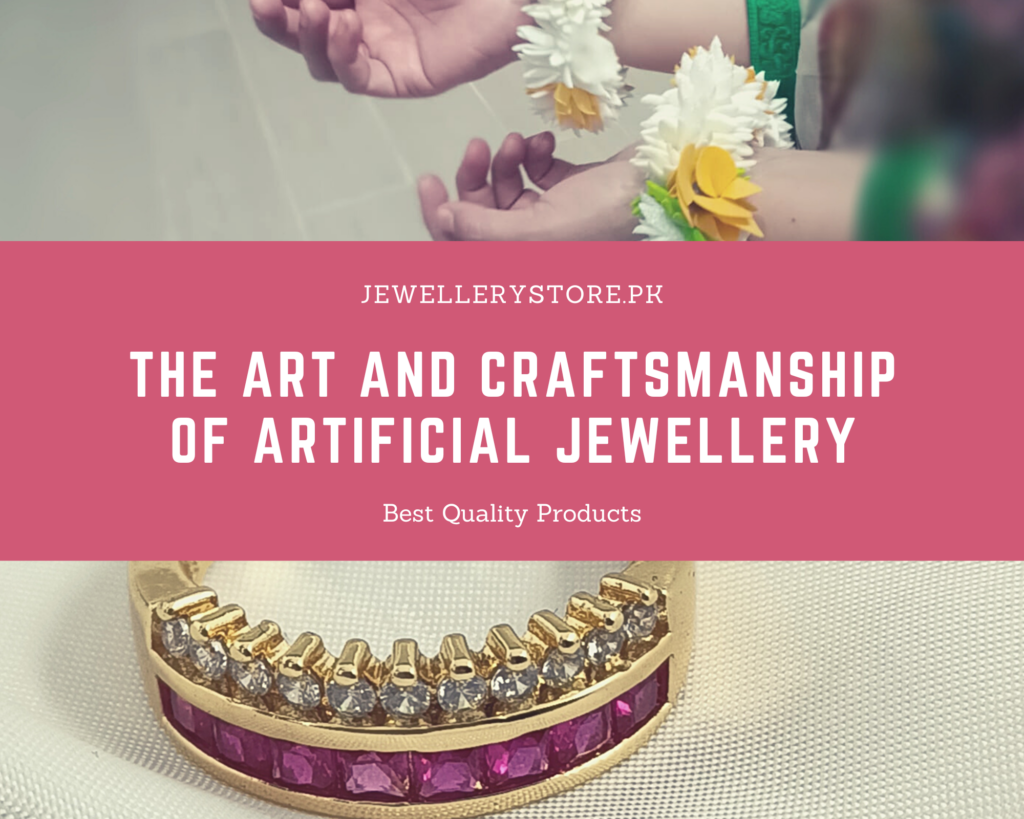No products in the cart.
Other
The Art and Craftsmanship of Artificial Jewellery
Artificial jewellery has come a long way since its early days as cheap, mass-produced trinkets. Today, many artificial jewellery pieces are made with care and attention to detail, using a range of materials and techniques to create beautiful and unique designs. In this article, we will explore the art and craftsmanship of artificial jewellery, taking a closer look at the design process and the techniques used to create stunning pieces.
Read More: 50 Best Gold Bangles For Women
The design process of artificial jewellery often begins with an idea or concept, which is then translated into a sketch or digital rendering. From there, the design may be refined and modified until it meets the desired specifications. Once the design is finalized, the jewellery maker will typically create a prototype or sample, which is used to test the design and make any necessary adjustments.
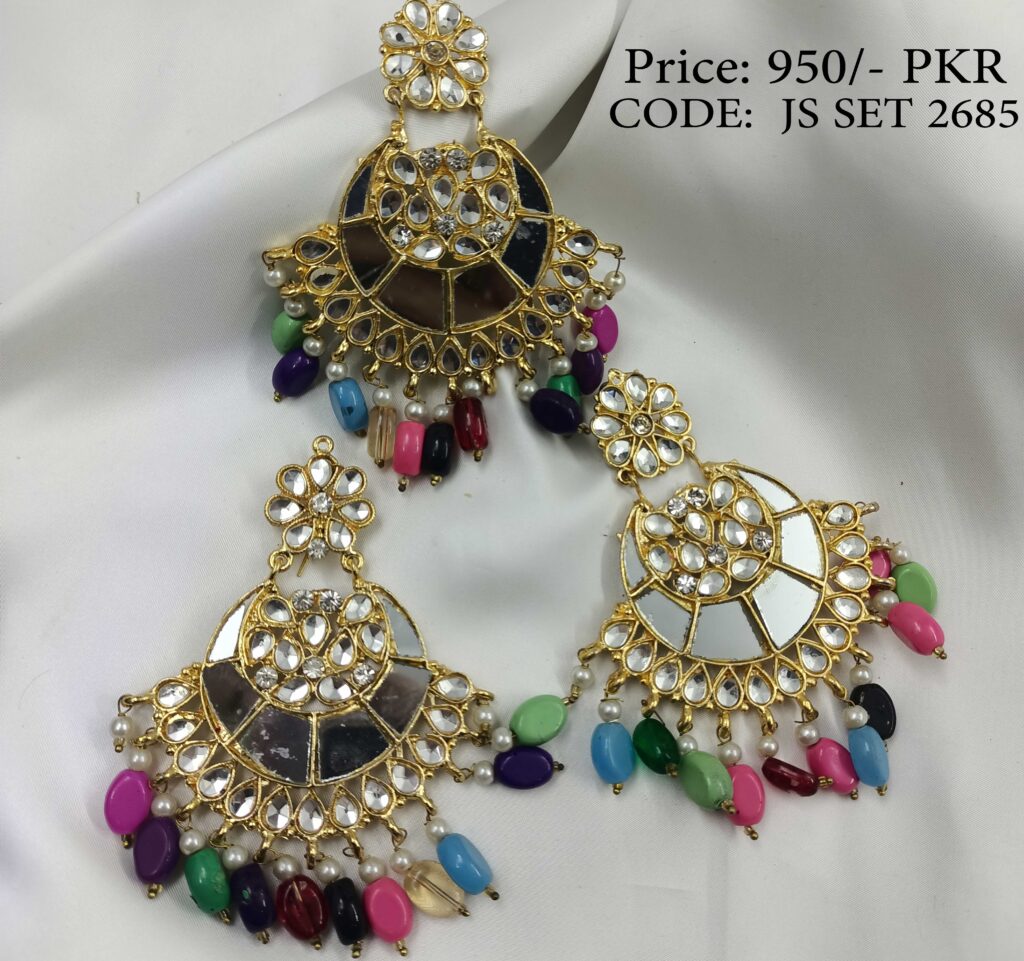
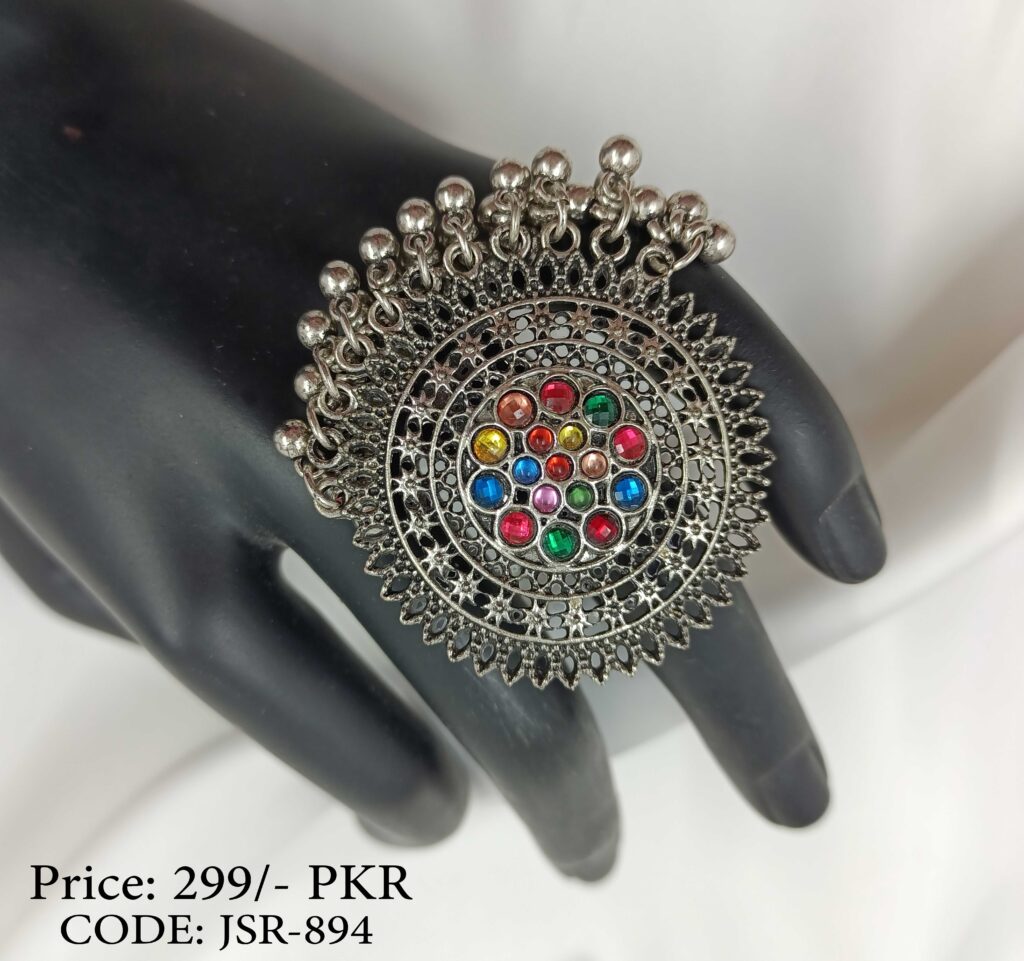
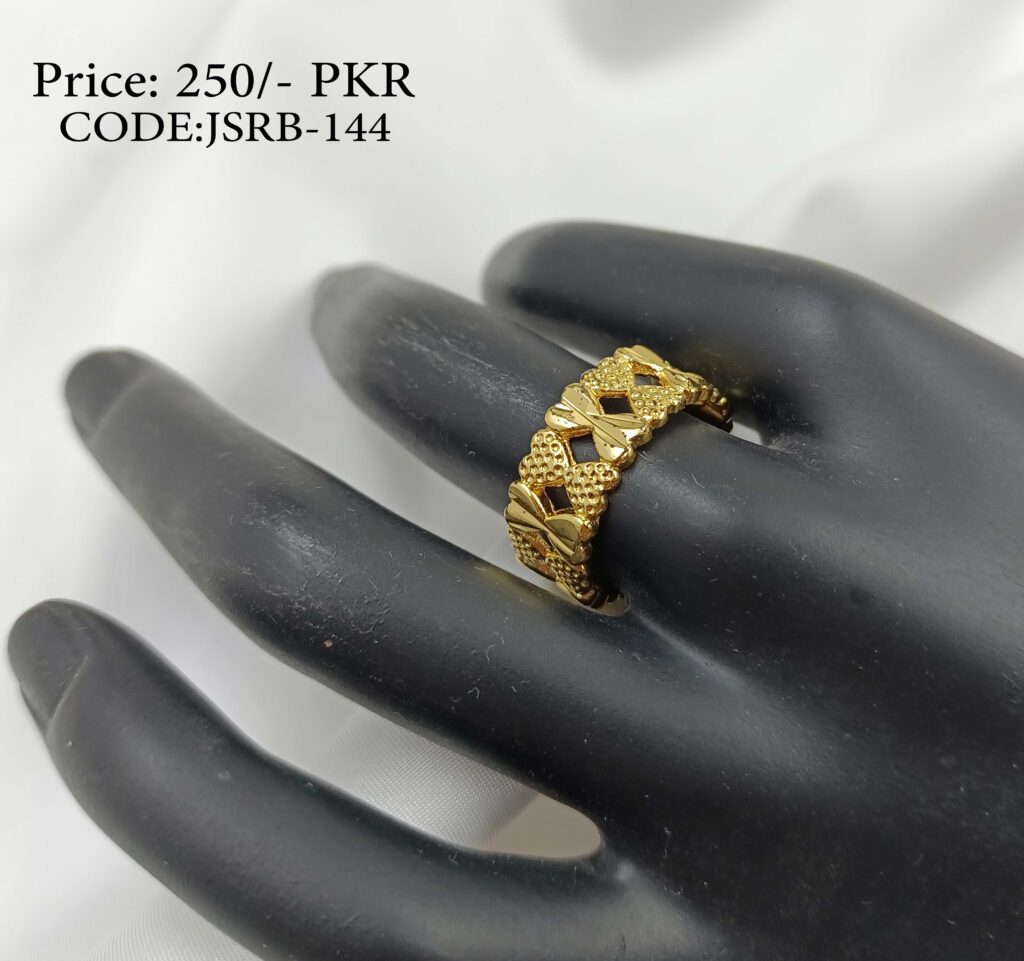
Read More: Traditional Pakistani Jewelry – a detailed introduction
The actual production of artificial jewellery can involve a variety of materials and techniques, depending on the design and the desired effect. Some jewellery makers use precious metals and stones, while others work with a range of other materials, such as glass, plastic, or wood. Many jewellery makers also incorporate techniques such as enameling, beading, or wirework to create intricate and beautiful designs.
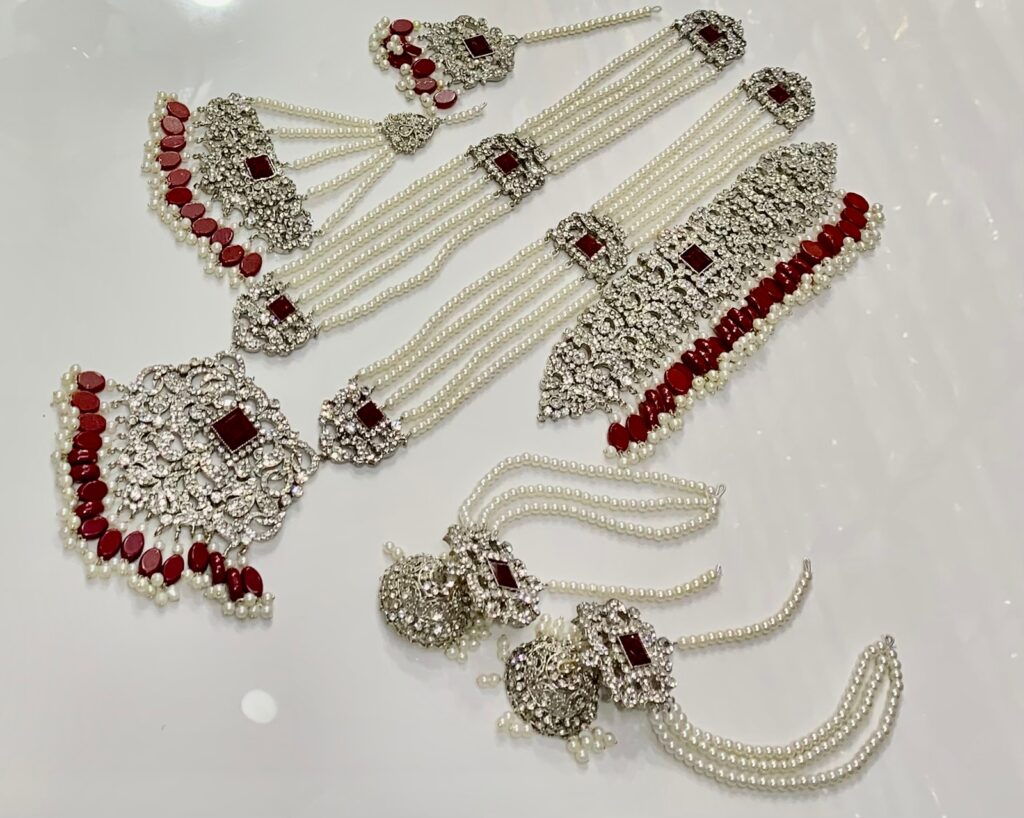
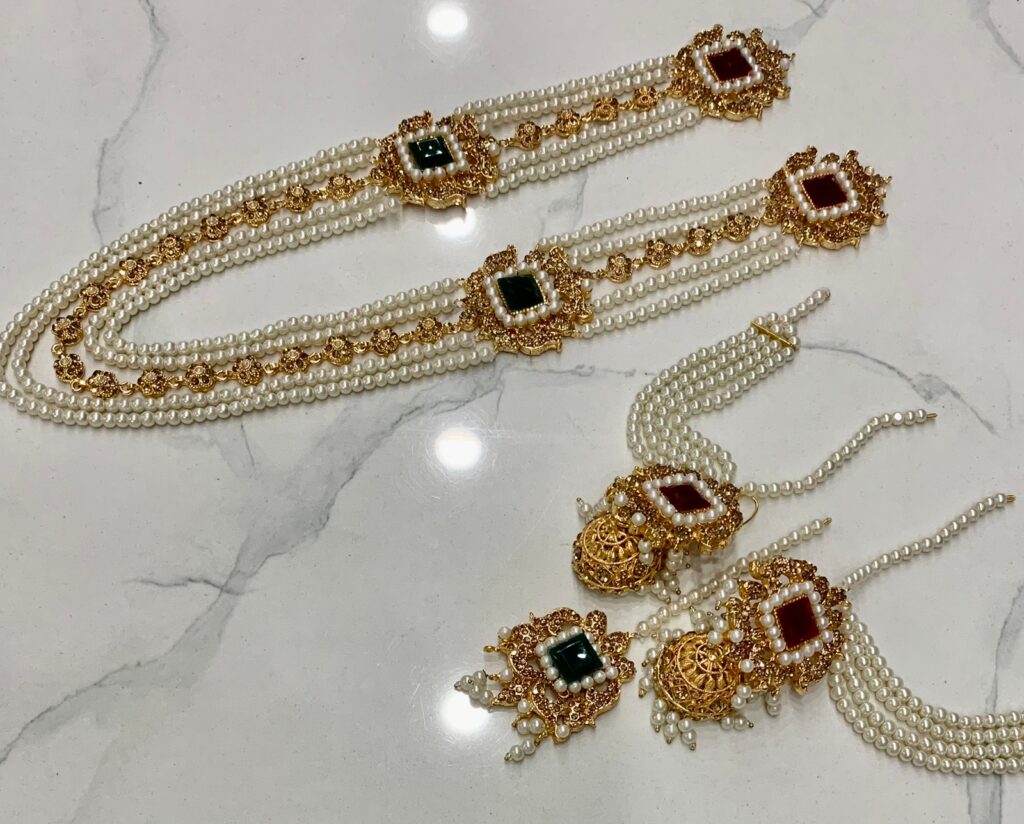
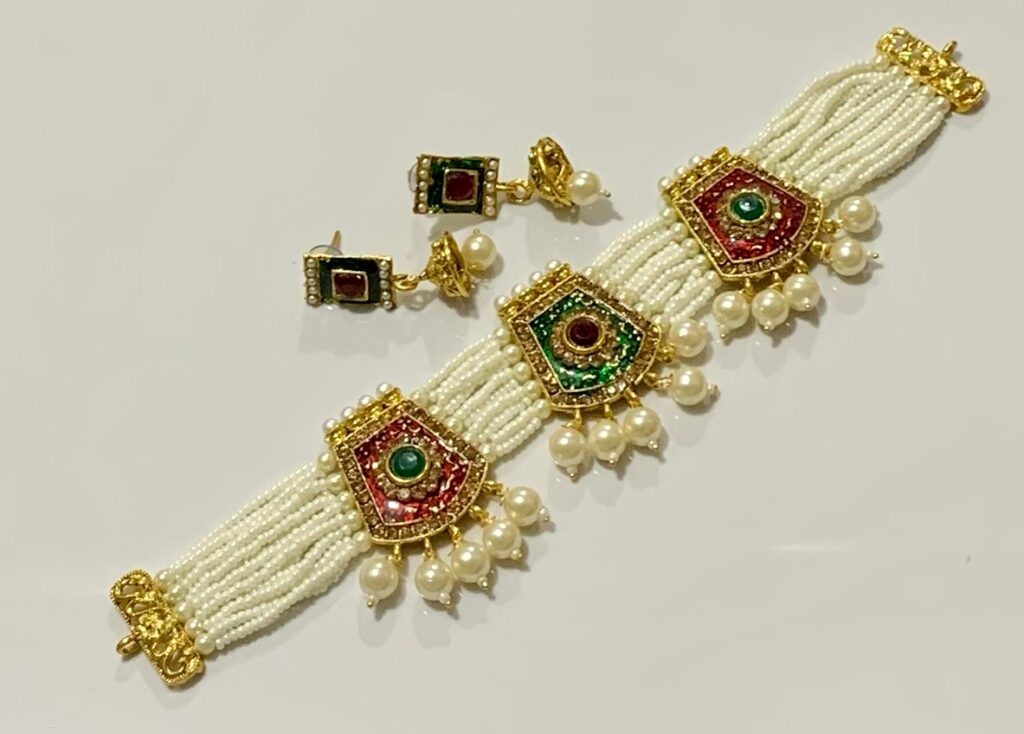
One popular technique used in the creation of artificial jewellery is casting. This involves creating a mold of the desired design and then pouring a molten metal or plastic into the mold to create the final product. Another common technique is plating, which involves coating a base metal with a thin layer of gold, silver, or another metal to create a more luxurious look.
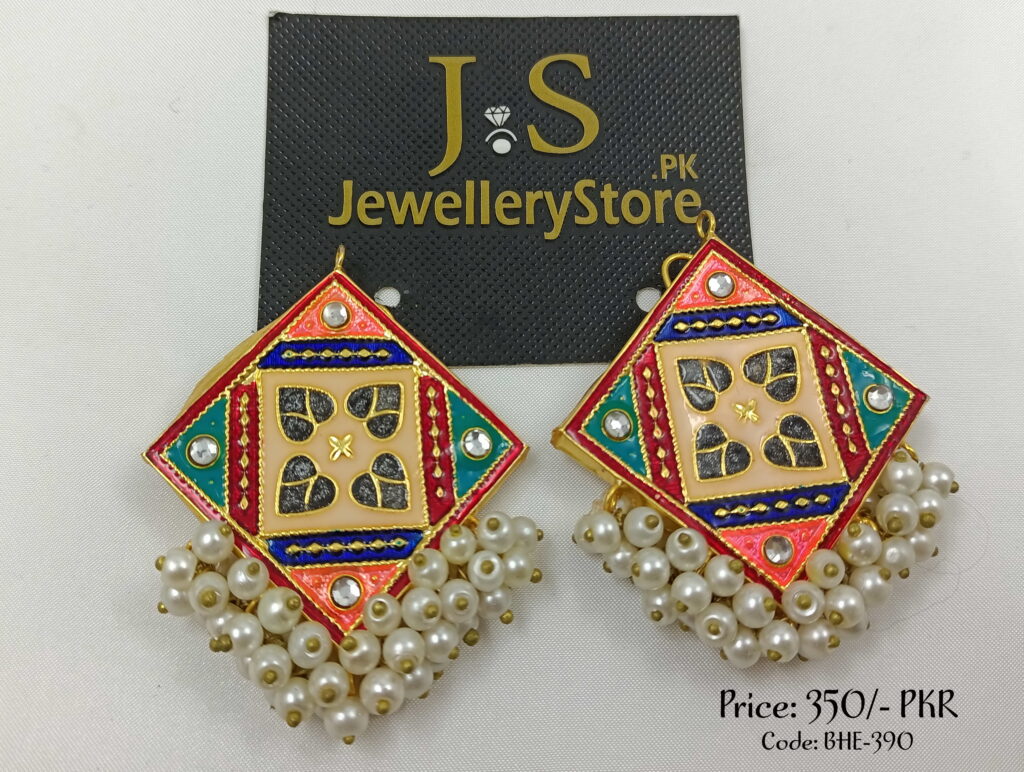
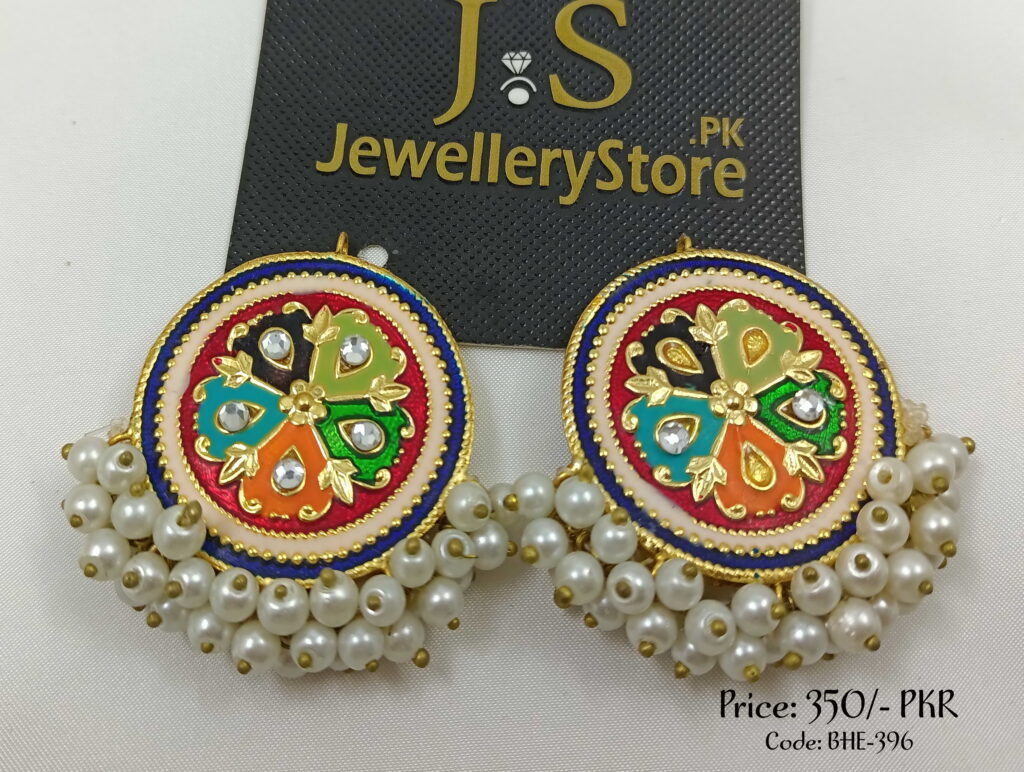
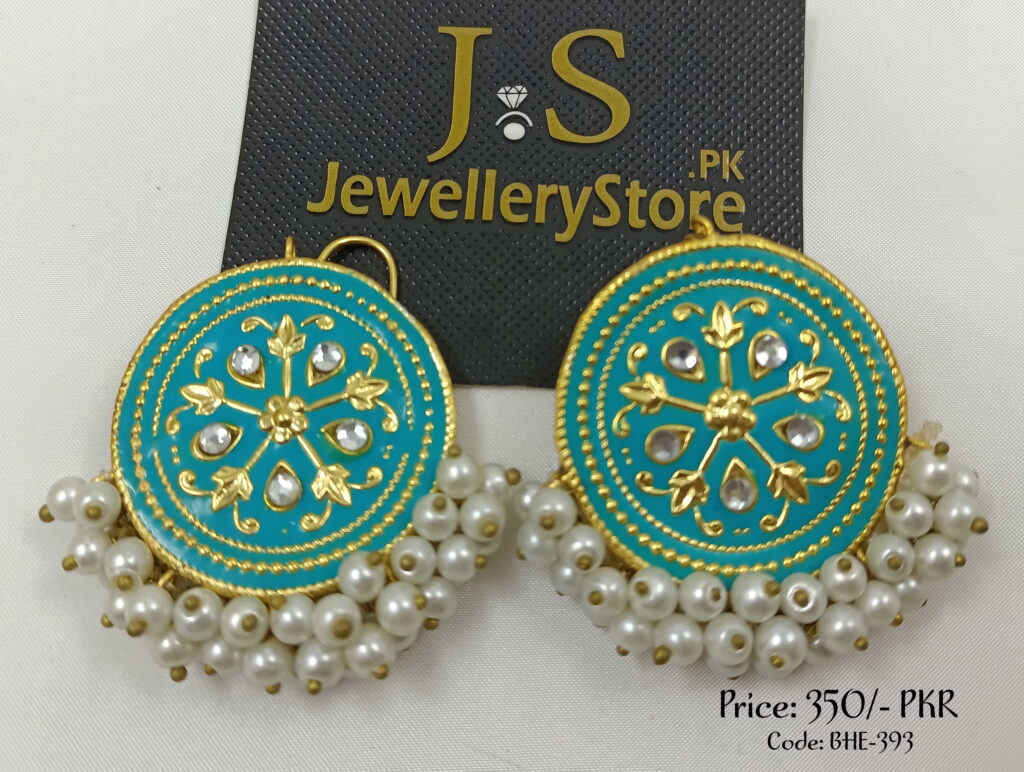
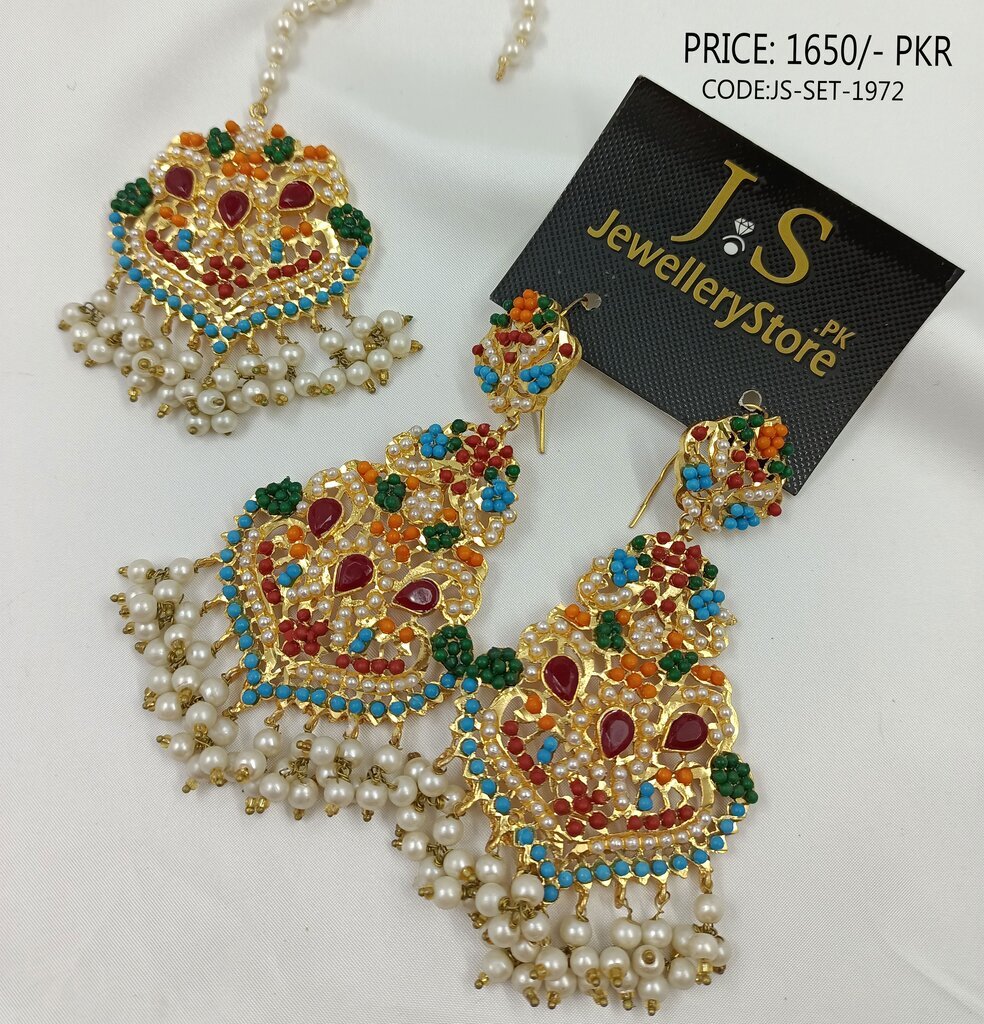
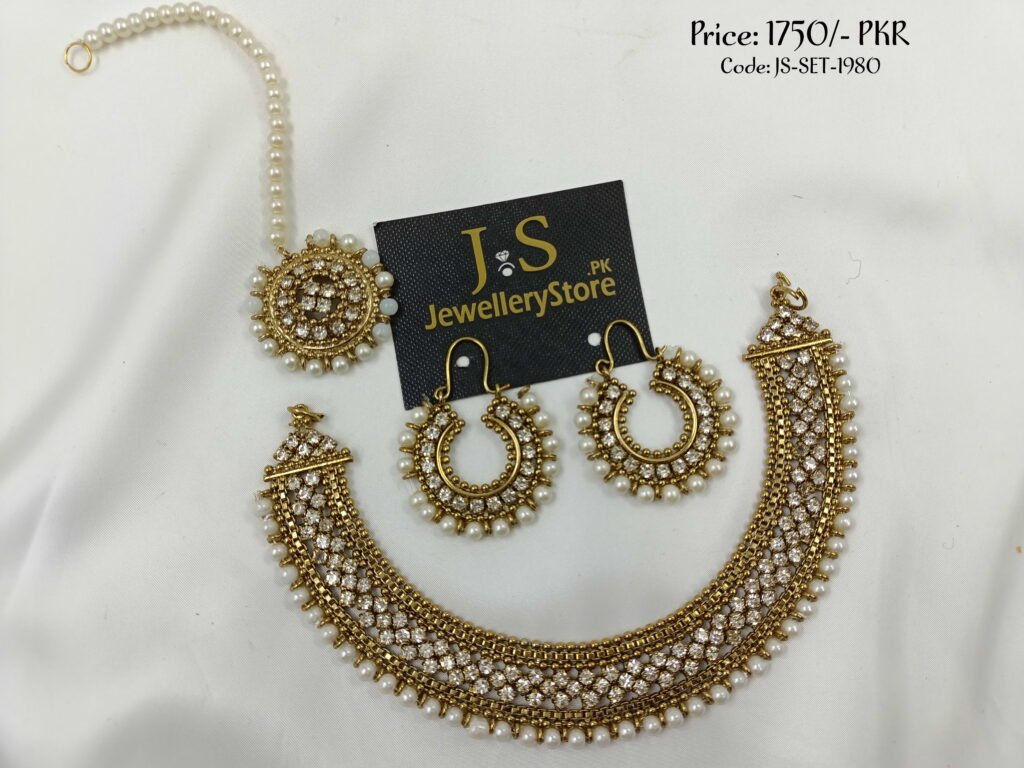
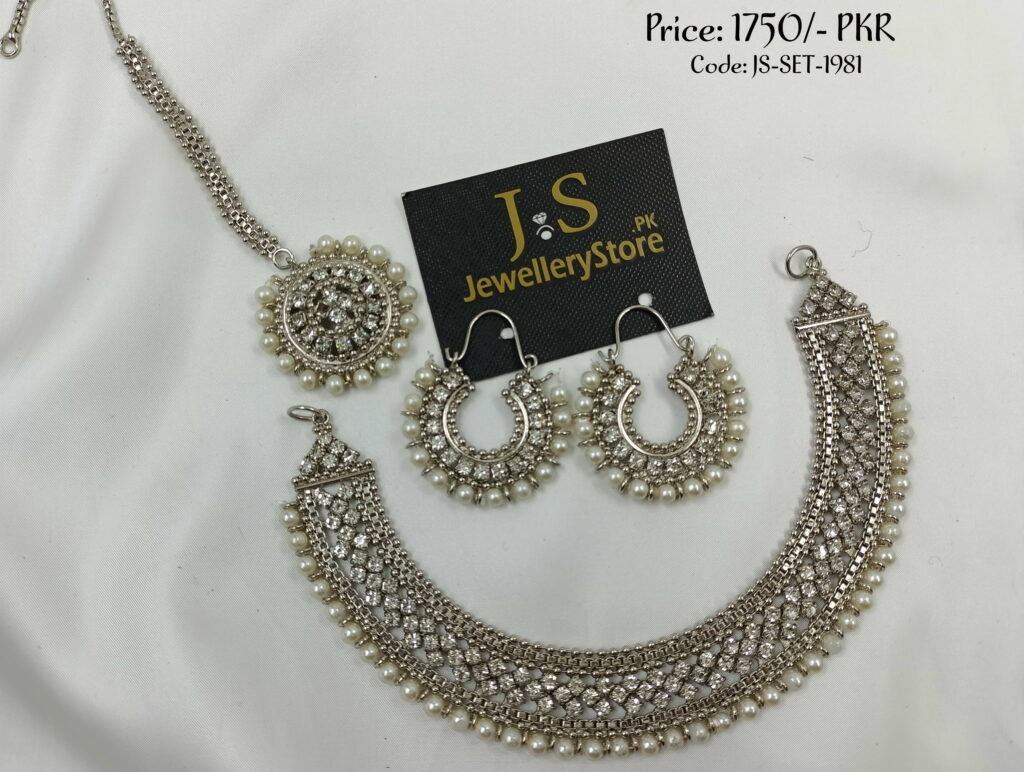
Regardless of the materials or techniques used, the art and craftsmanship of artificial jewellery require a great deal of skill and attention to detail. Many jewellery makers spend years honing their craft and developing their own unique style, often drawing inspiration from a variety of sources, including nature, art, and architecture.
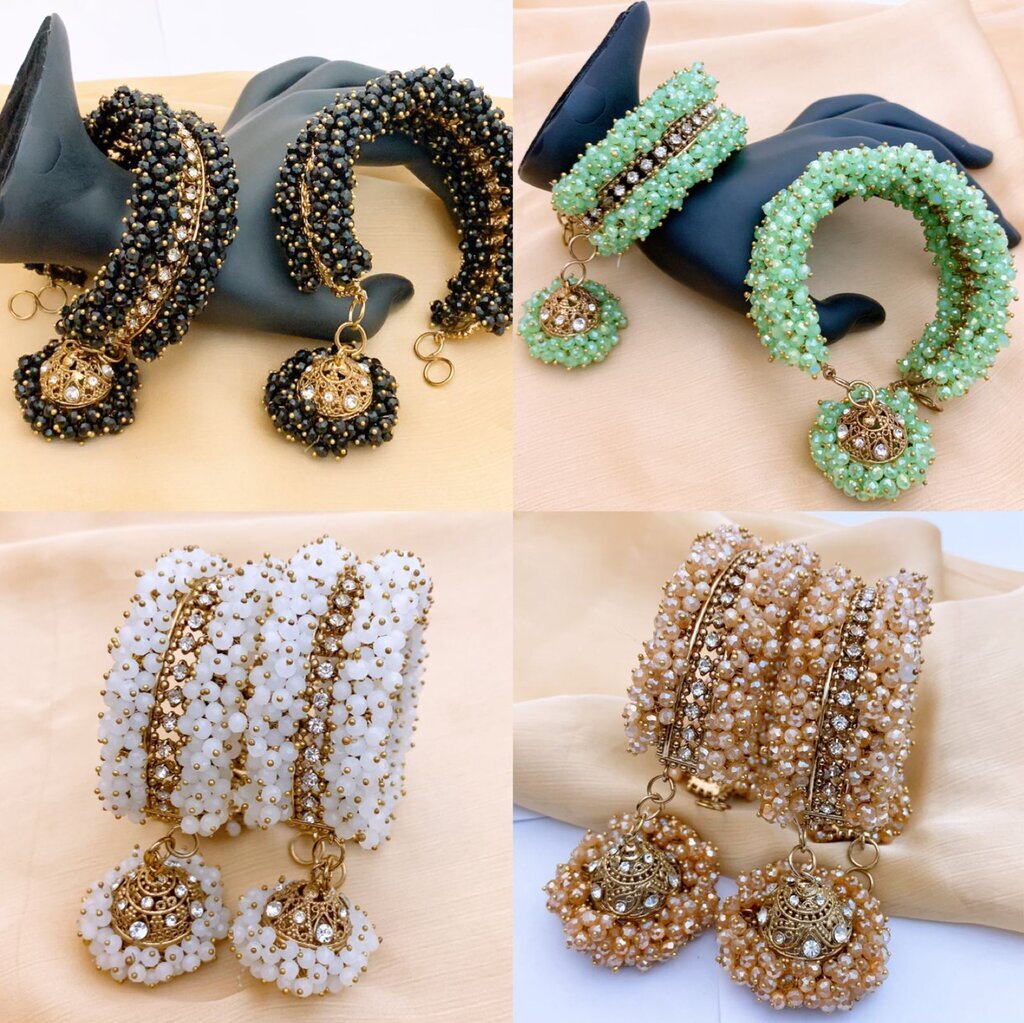
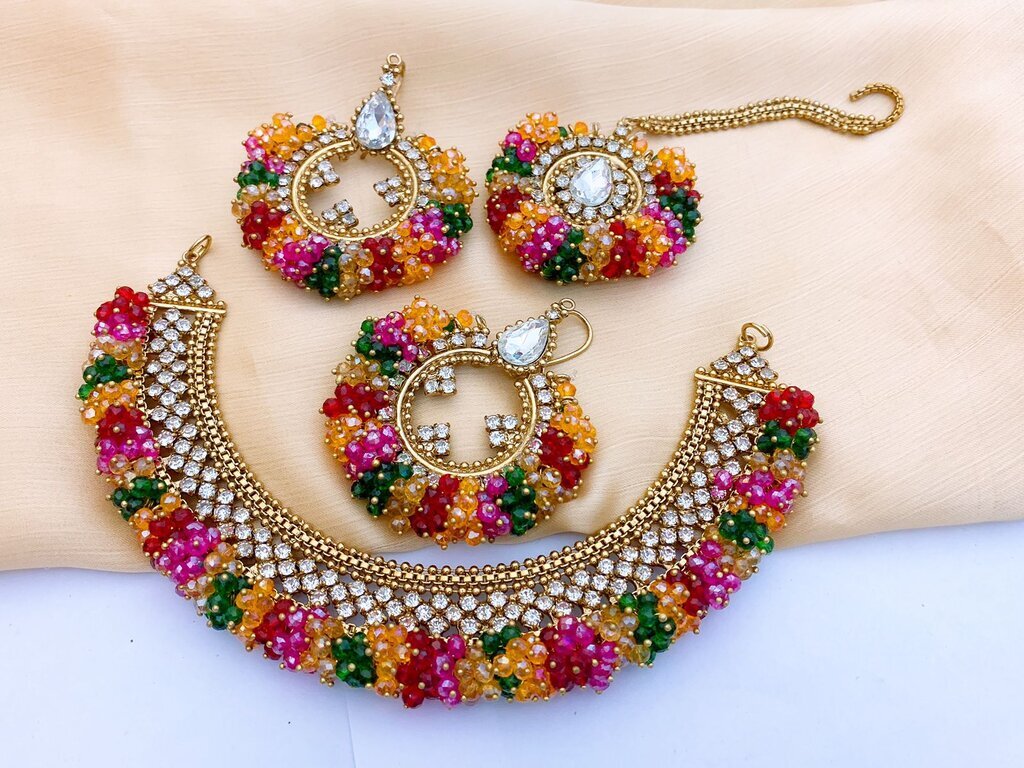
In recent years, there has been a growing interest in handmade and artisanal jewellery, including artificial jewellery. Many consumers are drawn to the idea of owning a piece of jewellery that has been created with care and attention to detail, rather than mass-produced in a factory. As a result, there has been a resurgence of interest in traditional jewellery-making techniques, as well as a growing demand for unique and handmade artificial jewellery.
In conclusion, the art and craftsmanship of artificial jewellery are multifaceted and complex, requiring a range of skills, techniques, and materials to create beautiful and unique designs. Whether you’re a maker or a consumer, taking the time to appreciate the craftsmanship behind artificial jewellery can deepen your understanding and appreciation of this vibrant and creative industry.
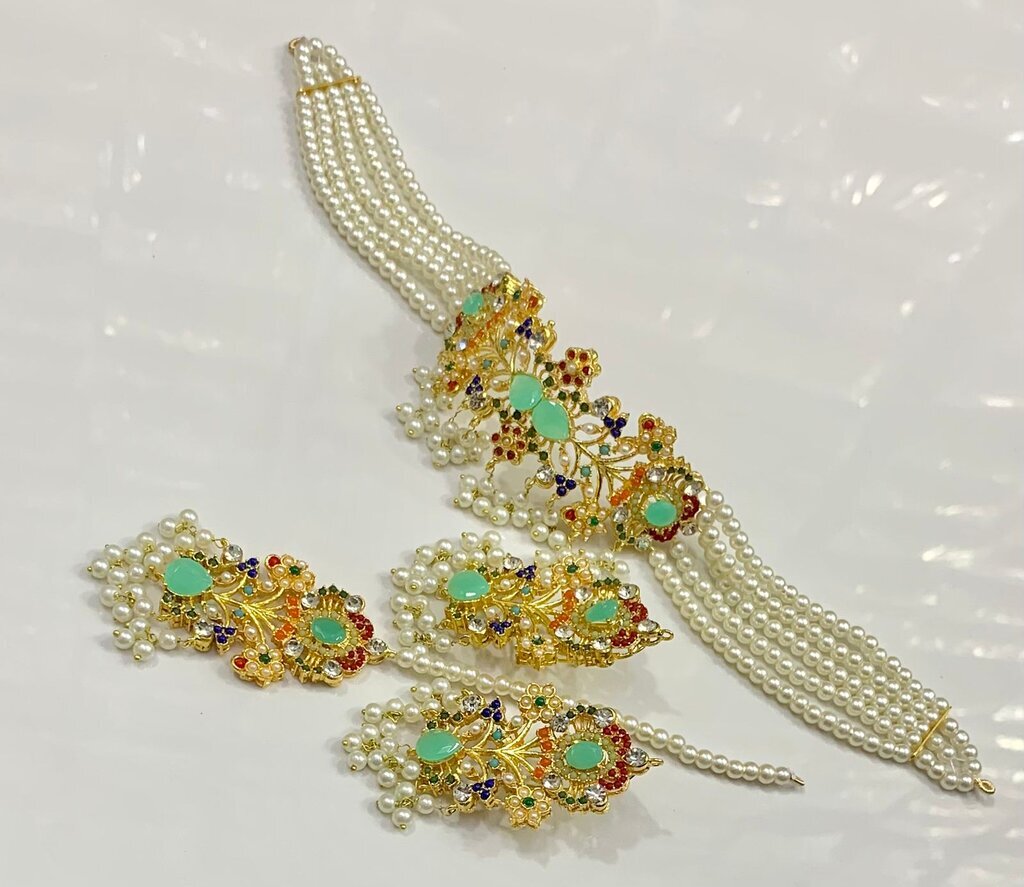
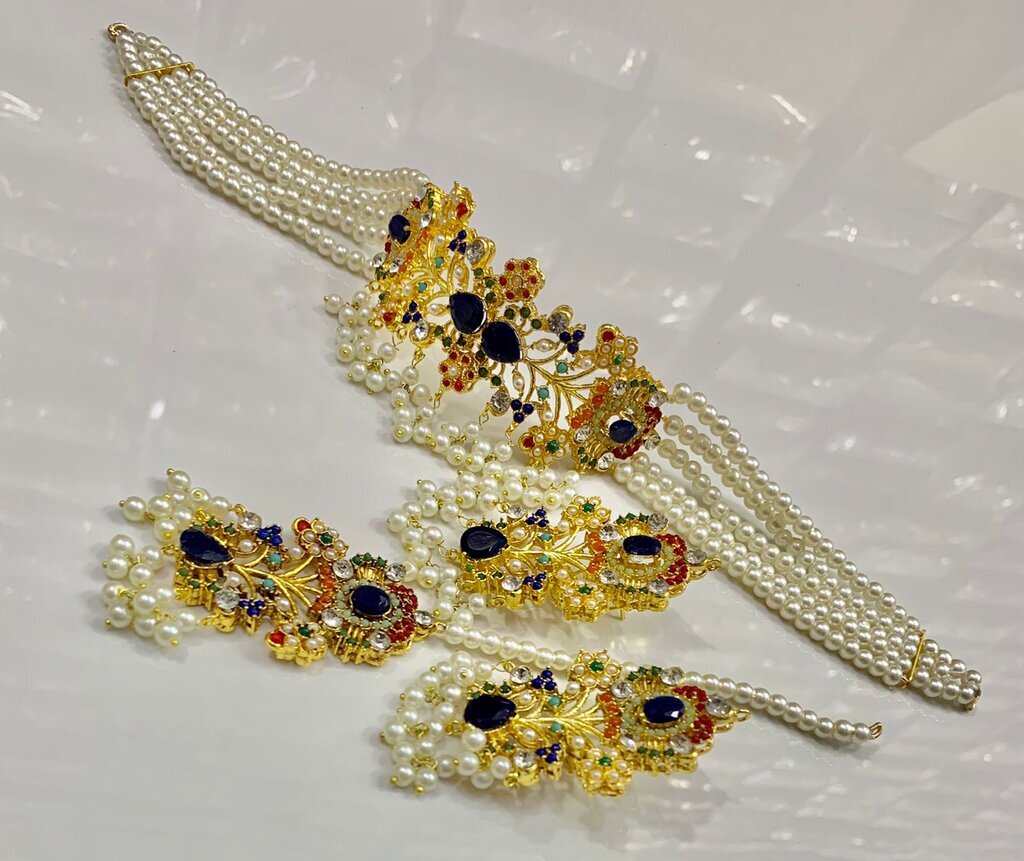
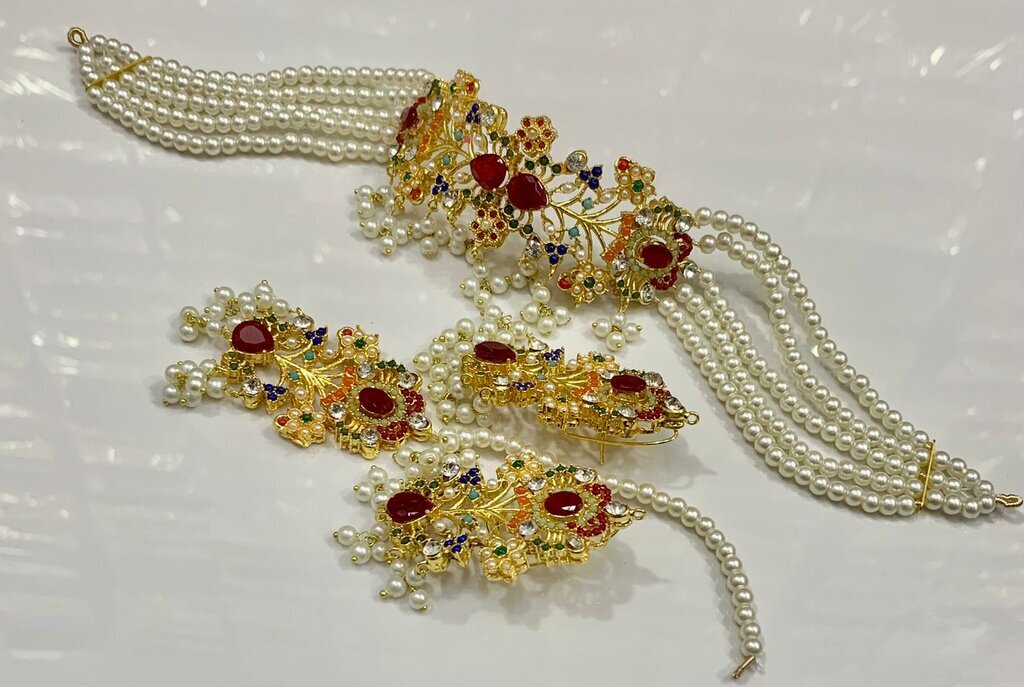
Read Also: Fashion Hoop Earrings


